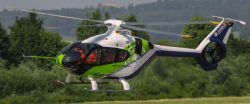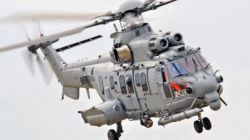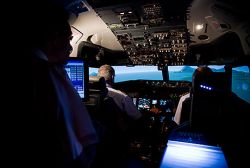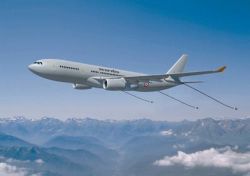Airbus Unveils Bluecopter Eco-friendly Helicopter Demonstrator

Airbus Helicopters today unveiled its Bluecopter demonstrator which promises quieter and more fuel efficient rotorcraft flights.
“With Bluecopter, we have met our goals of decreasing fuel consumption by 40 percent, significantly reducing CO2 emissions, and lowering noise to approximately 10 decibel effective perceived noise (EPNdB) below ICAO noise certification limits, while raising the maximum payload and the passenger comfort.”, explained Marius Bebesel, Program Manager Research & Innovation in charge of theBluecopter demonstrator.
In the more than 28 flight hours logged so far, Bluecopter has confirmed the feasibility of Airbus Helicopters’ advancements in eco-friendly helicopter design while also proving the company’s next-generation eco-efficient technologies.
Using one of the company’s light medium twin-engine rotorcraft as the demonstrator platform,Bluecopter incorporates transversal technologies that can be applied across Airbus Helicopters’product line. The aircraft made its public debut today during a presentation at Airbus Helicopters’Donauwörth, Germany facility.
Airbus Helicopter’s signature Fenestron is further evolved on Bluecopter, with additionalperformance improvements from the shrouded tail rotor achieved through optimized blade and stator designs. The acoustic liner integrated in the Fenestron’s shroud and the active rudder on the tail fin contributes as well to the reduced noise footprint of the Bluecopter.
Its newly-developed rotor system improves operating efficiency while attenuating the acoustic footprint. The demonstrator’s innovative five-blade bearingless main rotor system has BlueEdge style blades with an increased diameter, significantly reduced tip speed and an improveddistribution of twist along their length.
To achieve the ambitious targets in reducing CO2 emissions, a dedicated engine powermanagement is implemented. During cruise the Bluecopter can be switched to an “eco-mode” byshutting off one engine.
The remaining engine operates more efficiently and the fuel consumptionis drastically reduced. The “eco mode” is based on an automatic control system that assists thecrew and ensures safe operation of the aircraft.












